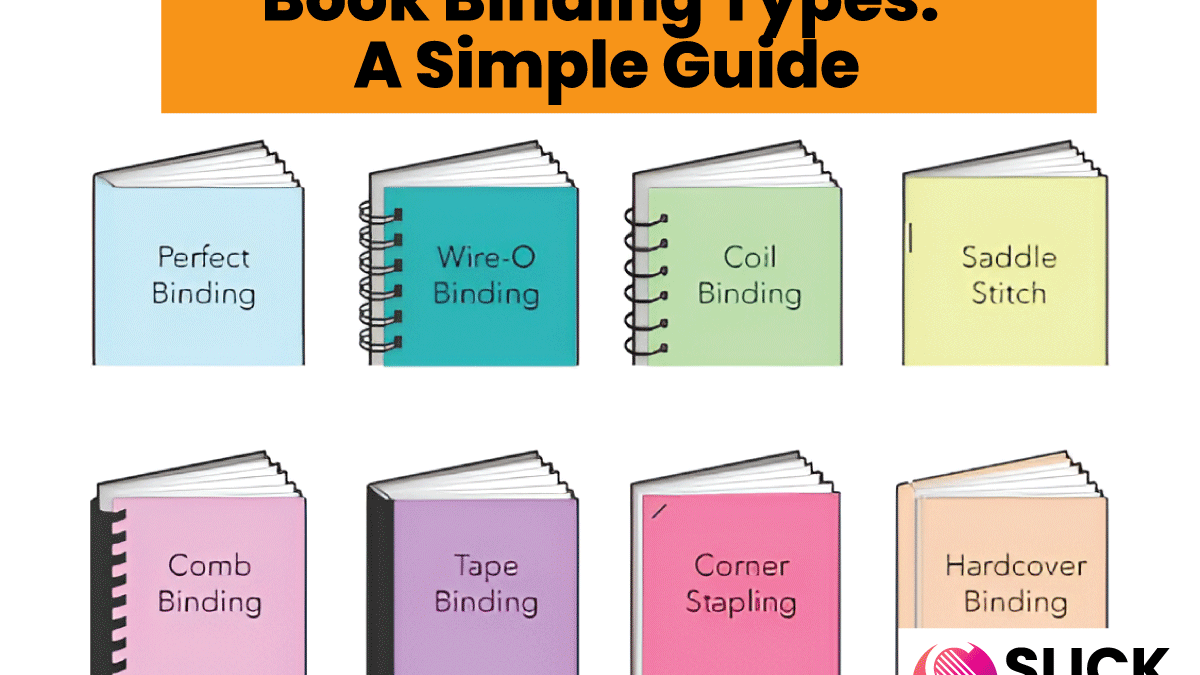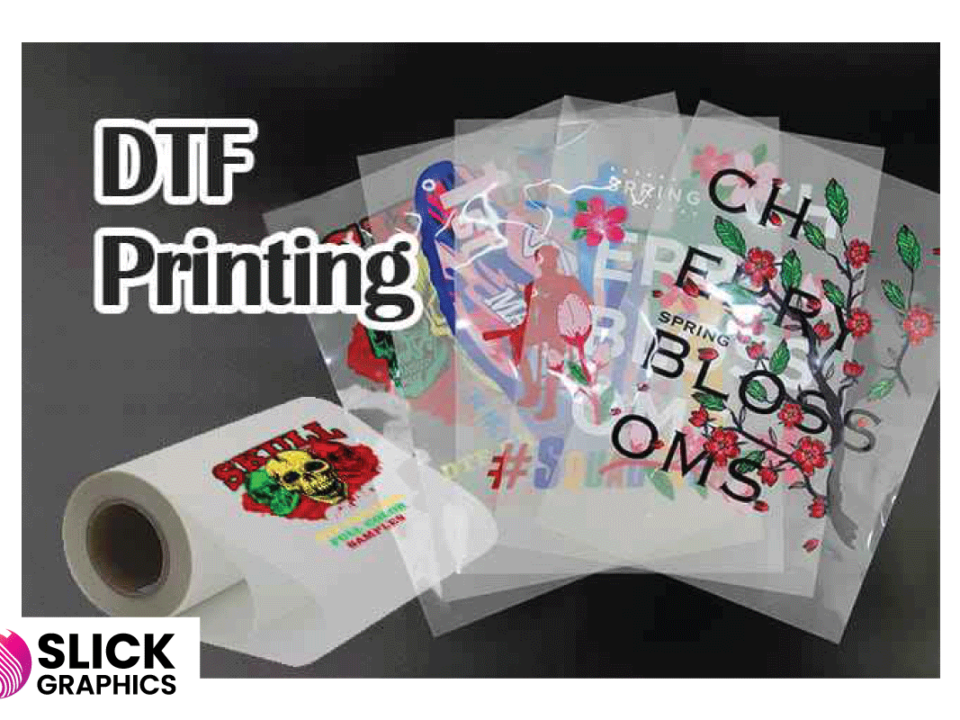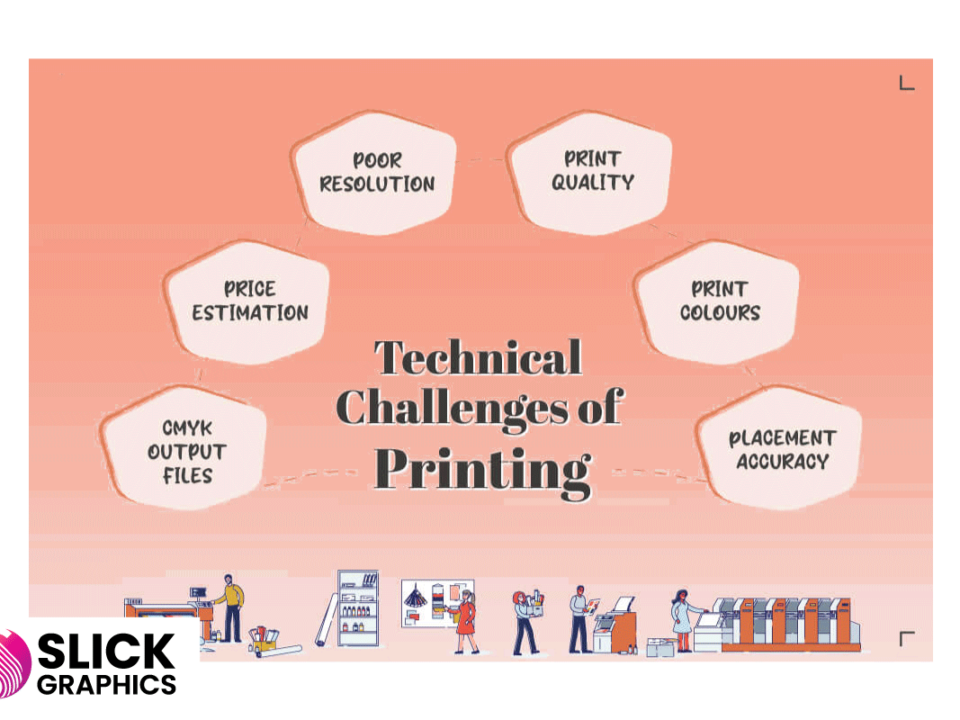Book Binding Types: A Simple Guide
Book Binding Types: A Simple Guide
Book Binding Types: A Simple Guide, Bookbinding is a crucial process that determines the durability, appearance, and functionality of a book. Understanding the different types of book binding can help you choose the best option for your project. Here’s a brief guide to the most common types of bookbinding:
1. Case Binding (Hardcover)
Case binding, also known as hardcover binding, involves stitching the pages together and then encasing them in a rigid, protective cover. It’s durable, offers excellent protection, and gives books a premium, professional finish. Ideal for textbooks, novels, and collector’s editions.
2. Perfect Binding
Perfect binding is commonly used for paperback books. Pages are stacked, glued together at the spine, and then attached to a soft cover. It’s cost-effective, lightweight, and ideal for medium-volume production, such as novels, catalogs, and magazines.
3. Spiral Binding
Spiral binding uses a plastic or metal coil to bind pages together, allowing the book to lay flat when open. It’s often used for notebooks, manuals, and calendars. It’s flexible, easy to use, and perfect for documents that need to be referenced frequently.
4. Saddle Stitching
Saddle stitching is a simple, cost-effective method where the pages are folded in half and stapled along the spine. It’s often used for booklets, brochures, and small publications. It’s quick to produce but best suited for smaller books with fewer pages.
5. Wire-O Binding
Similar to spiral binding, Wire-O uses a double loop wire to bind pages. It’s commonly used for calendars, presentations, and reports. This binding allows for easy flipping and has a more polished, professional look than spiral binding.
6. Coptic Binding
Coptic binding is a traditional method where pages are sewn through the spine with visible stitching. This method is often used for journals, sketchbooks, and handmade books. It allows the book to open fully flat and has a unique, artistic aesthetic.
Each bookbinding type has its strengths, and the right choice depends on your book’s purpose, budget, and design preferences. Whether you need durability, flexibility, or a professional look, understanding these options will help you make the best decision for your project.



